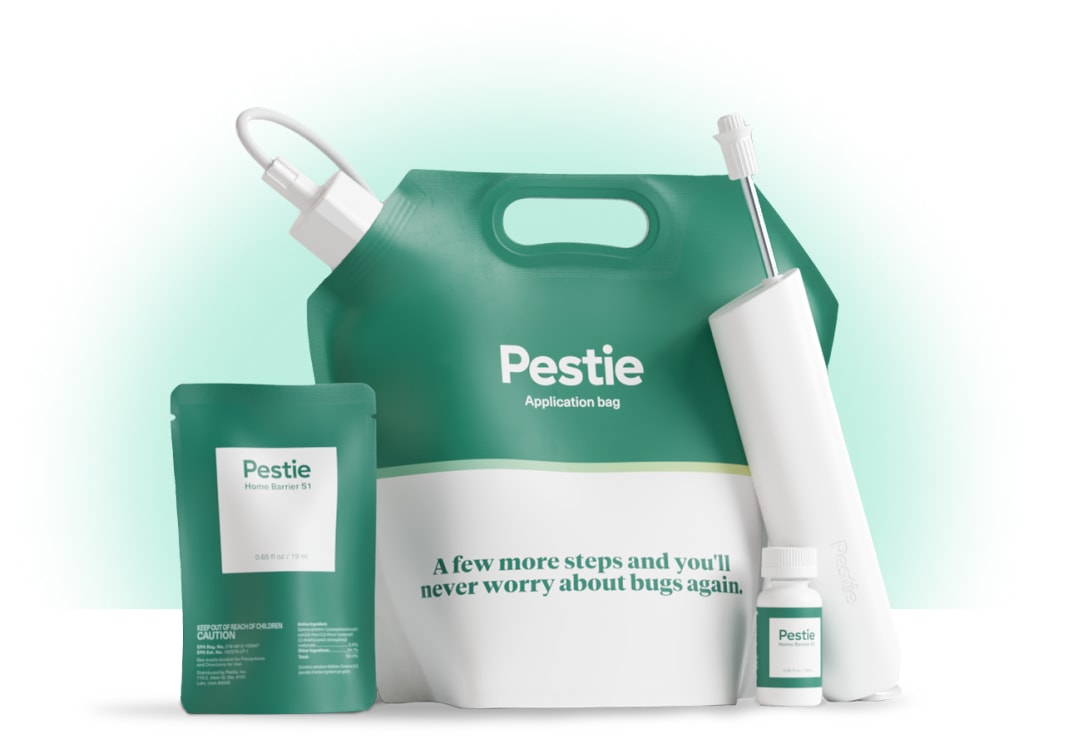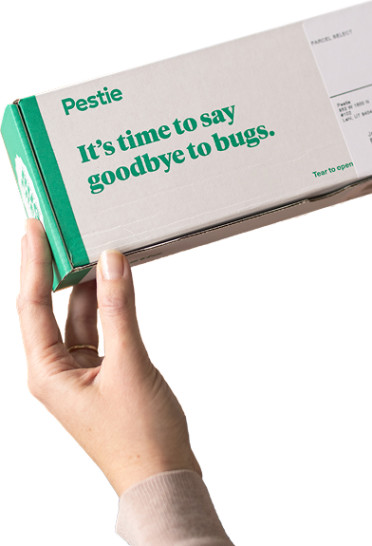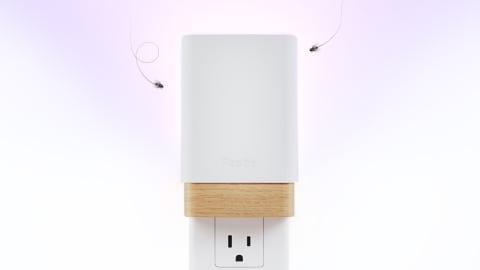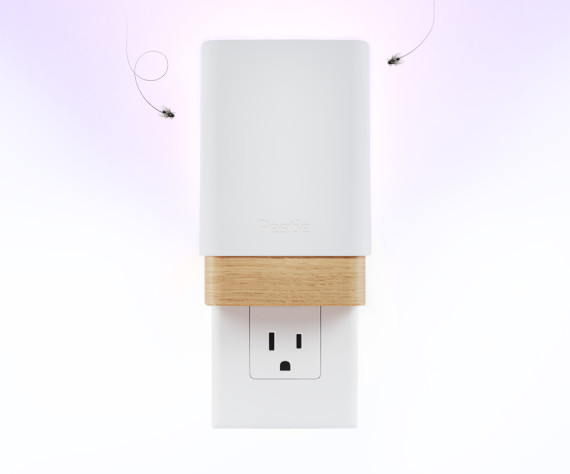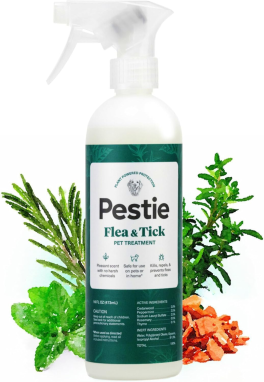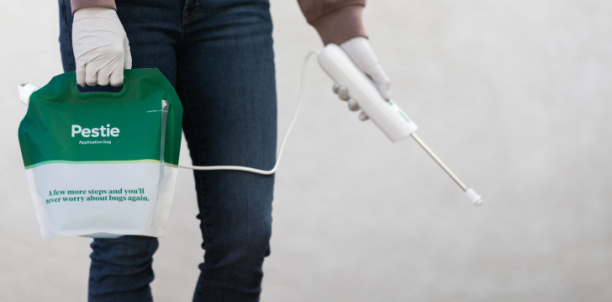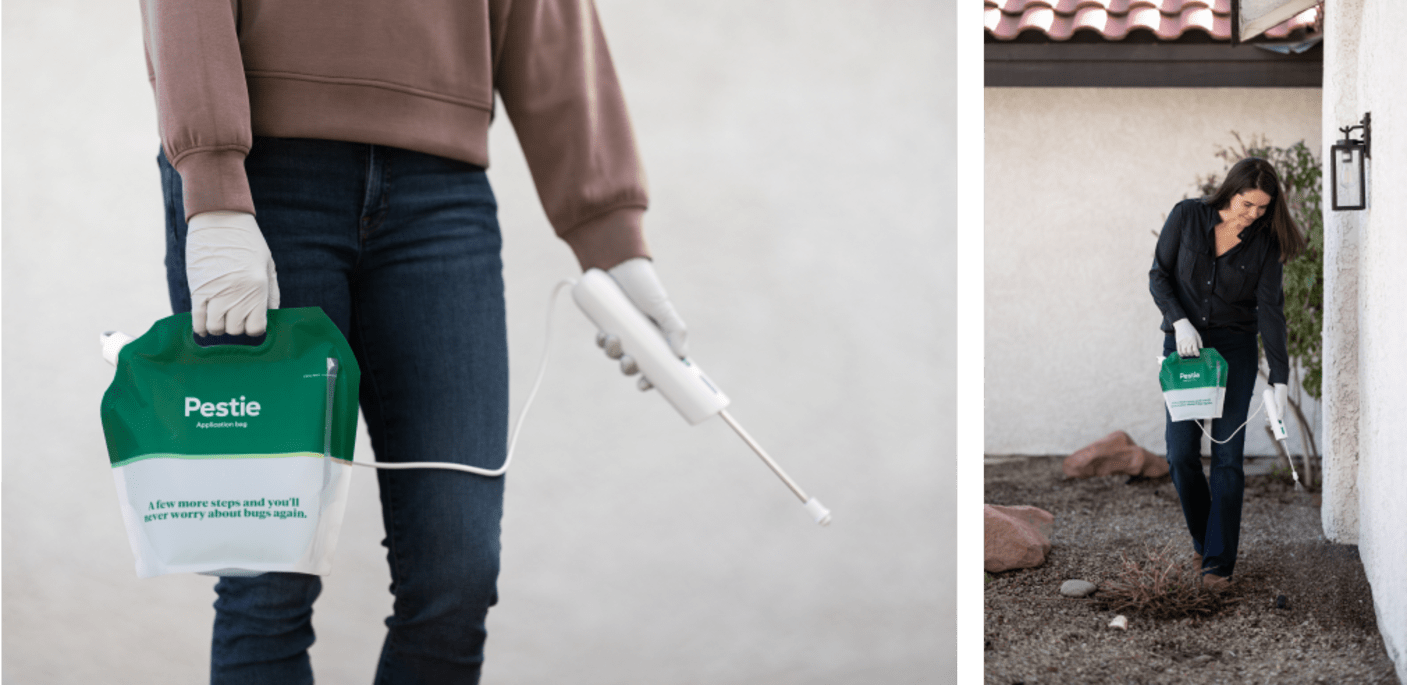How to identify and get rid of cryptopid centipedes
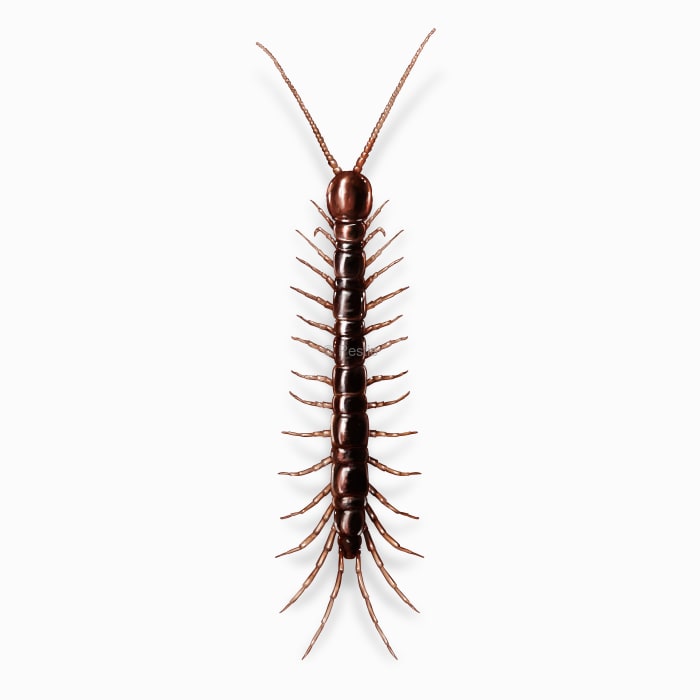
Don’t let cryptopid centipedes crawl into your house!
Have you spotted fast-moving, many-legged critters in your basement or yard? It could be a cryptopid centipede hanging out in or around your home. These fascinating yet creepy creatures are known for their elongated, flat bodies and their impressive speed. They prefer dark, damp areas and can often wander into basements, crawl spaces, or under leaf litter in your yard. While they may look intimidating, cryptopid centipedes are not harmful to humans unless provoked.
Cryptopid centipedes are nocturnal hunters, so that means they chase down other insects at night. Though they can deliver a painful bite, they usually avoid human contact.
How to identify cryptopid centipedes
Cryptopid centipedes are generally identified by their elongated, flattened bodies, which can be pale yellow to reddish-brown. They have numerous pairs of legs, typically between 15 and 21 pairs, giving them a distinctive look as they move quickly across surfaces. Unlike some other centipedes, cryptopids lack eyes and rely on their long antennae to navigate. Since they are nocturnal, you are more likely to see them out in the open at night.
How big are cryptopid centipedes?
Cryptopid centipedes can grow up to 2 inches long, depending on the species.
Where do cryptopid centipedes live?
These centipedes are found throughout the United States, particularly in areas with moist, dark environments, such as forests, gardens, and homes with damp basements. You’re most likely to find cryptopid centipedes in damp areas like basements, crawl spaces, under mulch, or in garden beds with moist soil.
How to get rid of cryptopid centipedes
Keeping cryptopid centipedes out of your home doesn’t have to be too difficult, and with a few strategies, you should be able to manage them in your home or yard. You can do this by:
- Reducing moisture: Cryptopid centipedes thrive in moist environments, so reducing humidity in your home or yard can make it less attractive to them. Use dehumidifiers and fix any leaks in your home.
- Sealing entry points: Inspect your home for cracks, gaps, and holes, particularly around windows, doors, and the foundation, and seal them to prevent centipedes from entering.
- Removing organic debris: Clear away leaf litter, mulch, and other organic debris from your yard, which can serve as hiding spots for centipedes.
- Improving ventilation: Ensure good airflow in crawl spaces and basements to keep the area dry and less favorable for centipedes.
Treat cryptopid centipedes with Pestie
If you're still having trouble keeping cryptopid centipedes away, the best option is to use a pro-grade, effective pest control solution like Pestie.
Pestie is a do-it-yourself pest control solution that's specially designed to keep cryptopid centipedes and other pests away from your home.
With Pestie, you can rest easy knowing that your living space is protected and free of creepy crawlies. And the best part? It's designed for people, pets, and the planet, so you can say goodbye to harsh chemicals and hello to peace of mind!
- Save hundreds compared to traditional annual pest plans
- People, pet, and planet-friendly
- Pro-grade customized formulas
Quick facts
How dangerous are Cryptopid Centipedes?
Medium danger risk
While cryptopid centipedes are not aggressive toward humans, they can deliver a painful bite if handled. However, their venom is not dangerous to humans unless an allergic reaction occurs.
- Scientific name
Cryptopidae
- Other common names
Bark Centipedes
- Colors
Reddish-brown, yellow
- Life span
1-6 years
- Diet
Other arthropods
There are over 150 species of cryptopid centipedes worldwide. Even with that many centipedes, the number of pairs of legs is always odd. That can mean they have 15, 17, or even 21 pairs of legs, but never 50. So, you’ll never see a centipede with 100 legs, even though their name literally means “100 legs”!
